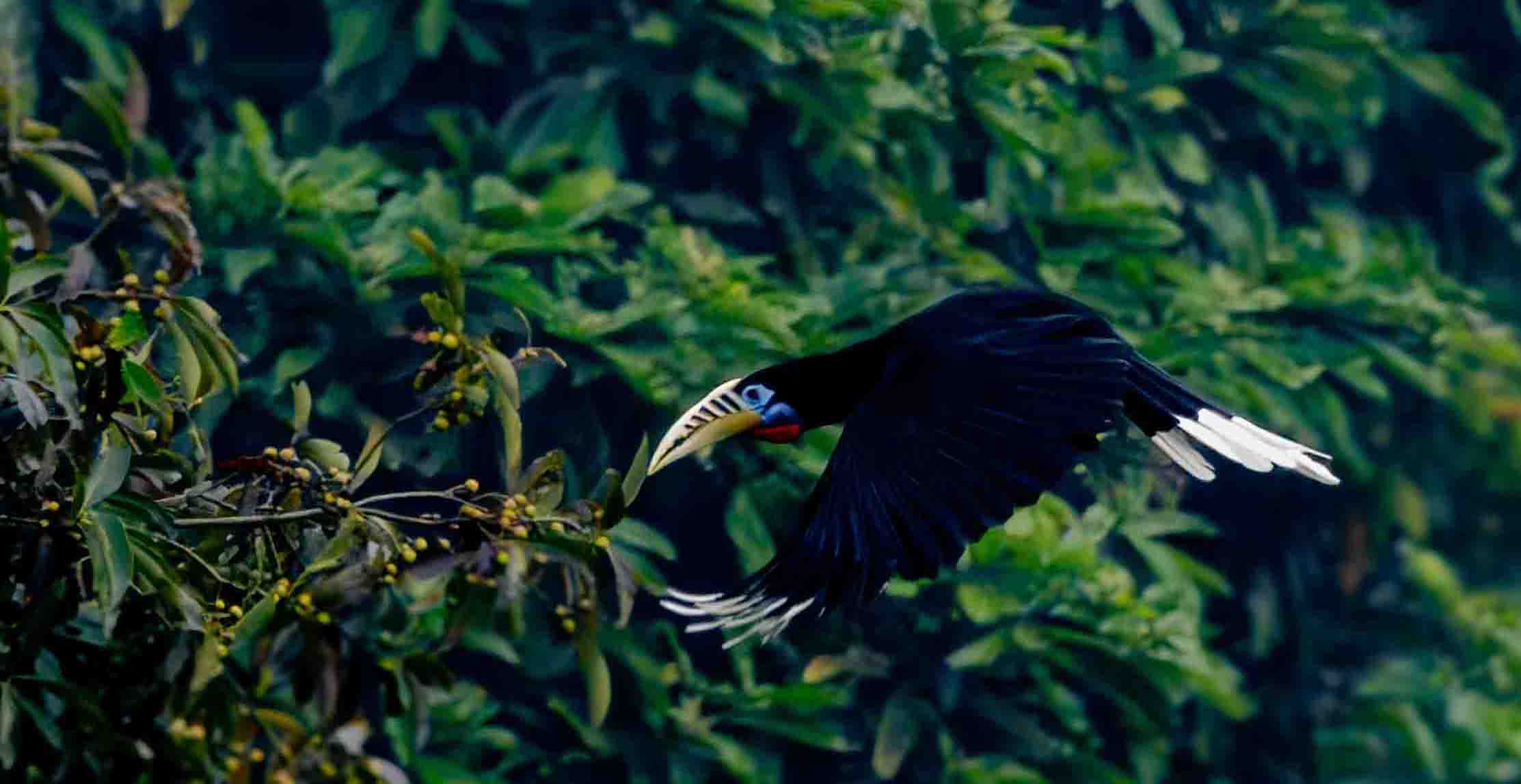Latpanchar & Trogon Trail
Key Sights & Birds to Look Out For:
Probable Birds:
o Yellow-vented Warbler
o Long-tailed Sibia
o Golden-throated Barbet
o Blue-winged Minla
o Slaty-headed Parakeet
o Indian Blue Robin
o Fire-tailed Myzornis
o Black-headed Jay
o Maroon Oriole
o Common Hill Myna
o Rusty-cheeked Scimitar Babbler
o Rufous Necked Hornbill
o Red headed Trogon
o Blue throated Barbet
o Greater barbet
o Verditer bee Eater
o Spider Hunter
o Frogmouth
o Scops Owl
o Barred Owlet
o Sultan Tit
o Niltava
Important Notes:
- 1. Transportation: For a smooth experience, hire a suitable vehicle and a local birding guide through us who can help you spot birds and navigate the areas efficiently.
- 2. Birding Gear: Be sure to bring a pair of good binoculars, a camera with a zoom lens, a field guide for the region’s birds, and other essentials like sunscreen and insect repellent.
- 3. Flexibility: Birding can be unpredictable. Adjustments to the itinerary can be made based on the sightings and weather conditions.
- 4. Weather: The weather in the hills can change rapidly. Prepare for chilly mornings, with the potential for rain, especially from May to October.
- 5. Leisure Time: Use the late afternoons for leisure activities such as relaxing at the cottages, taking photographs, or simply enjoying the natural surroundings.

